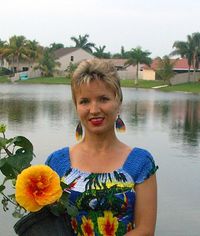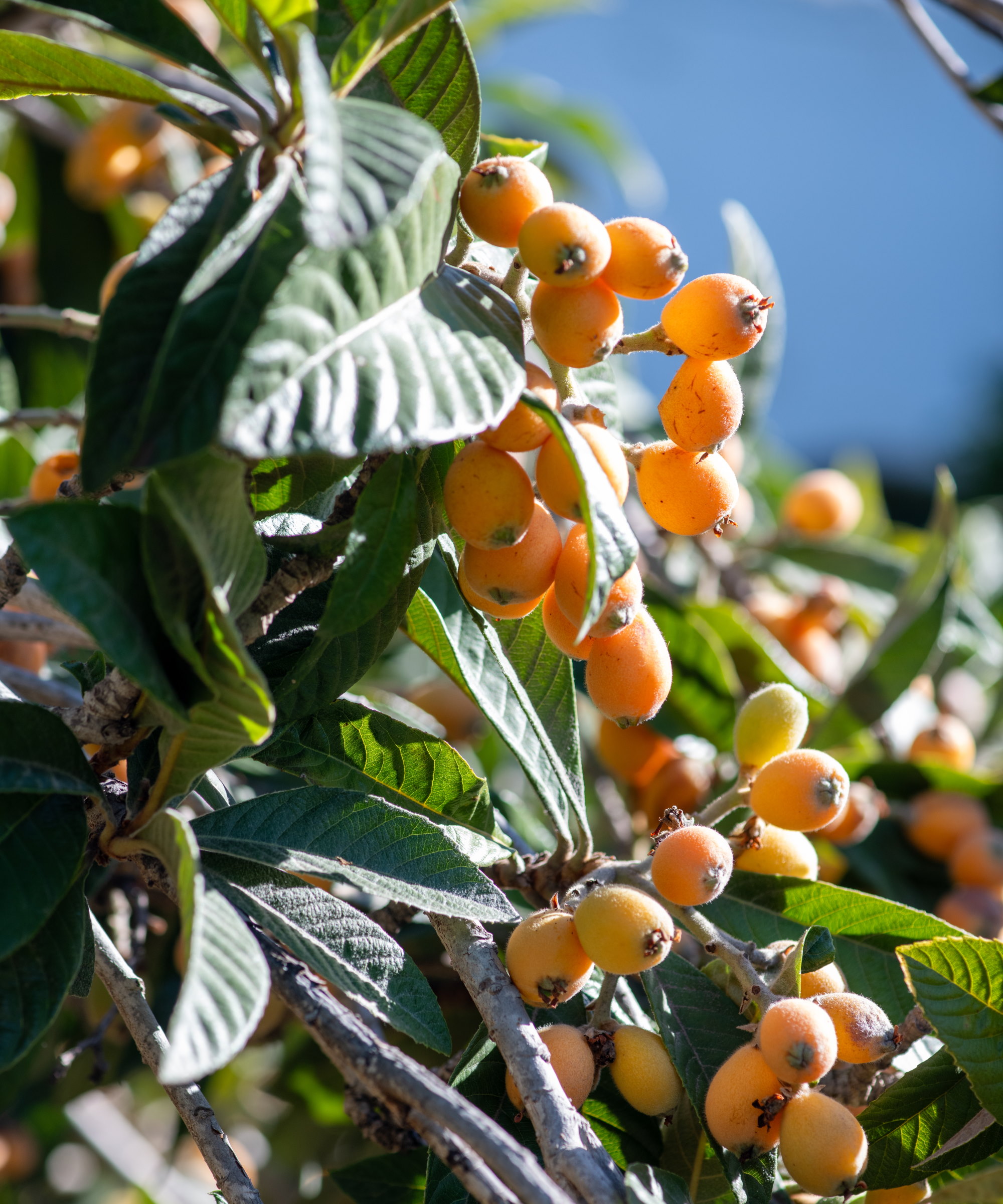How to plant loquat seeds – experts share 3 simple steps for growing healthy fruit trees from seed
Discover the secrets to preparing loquat seeds for successful germination


Loquat, otherwise known as the 'Japanese plum' (Eriobotrya japonica), are a tall glossy-leaved tree native to southeast Asia. Known for their vibrant orange fruits, they are hardy in USDA zones 8-11, and unique in the way that they bear fruit in the spring instead of the summer, and burst into flower during late fall.
Planting loquat seeds is a relatively straightforward process, making it an ideal place for beginner gardeners to start. Though it's vital to correctly prepare your seeds for planting before placing them in the ground.
Here, plant and gardening experts share the process of how to plant loquat seeds. After all, the first step in successfully growing a loquat tree starts with the seeds.
What you need for planting loquat seeds
- A sieve - for sitting your seeds in to rinse. The mainstays 6" stainless steel fine mesh strainer from Walmart is an affordable choice.
- A deep planter - to plant up your seeds. This 5 pack of 5 gallon plant pots from Amazon is ideal if you're looking to grow multiple loquat trees.
- A trowel - for digging holes for your seeds. The basic expert gardener trowel from Walmart will do the trick.
- Watering can - to keep your seeds well-watered. The expert gardener 2 gallon plastic watering can from Walmart comes in three different colors.
- Well-draining organic soil - Amazon's 6qt seed starting mix is a good place to begin looking for something suitable.
- A shade cloth (optional) - shade cloths are beneficial for plants that thrive in hours of full sun but can't tolerate it day in day out. This shade cloth from Amazon will help your loquats to safely absorb all the sunlight they need.
- Plant soil and light meter (optional): a 4-in-1 soil moisture meter from Amazon isn't a necessity but it'll be incredibly helpful, detailing how many hours of light your loquat seeds are getting, the moisture level of their soil, and other useful information.
Step 1: Harvest and prepare your seeds

If you're purchasing loquat seeds for planting you can skip this step but if you have a ripe loquat from a previous harvest, you can collect your own seeds with relative ease.
Tatiana Anderson, a tropical plant expert at Top Tropicals, says, 'To harvest seeds from a loquat start by first selecting a ripe loquat and eat the fruit, leaving only scraps and seed. You can tell they are ripe when they become bright yellow in color. Then, take out the seeds by hand. They are large and each fruit only holds between one and three.'
From here, rinse the seeds off in cold water either in your hand or in a sieve to remove any remaining fruit residue. 'Any pulp leftover may prevent germination or cause rot of the seeds, so this is an important step to have healthy trees,' says Tatiana.
It's recommended to plant them as soon as possible to product the best fruit trees as they will only remain in top form for a few days.
Design expertise in your inbox – from inspiring decorating ideas and beautiful celebrity homes to practical gardening advice and shopping round-ups.

Tatiana Anderson is the co-owner and co-founder of Top Tropicals, based in Fort Myers, Florida. Top Tropicals grow and sell a whole range of flowering and fruiting tropical plants. You can discover a range of loquat fruit trees available at Top Tropicals.
Step 2: Pick your planting location

The most important factor to consider when trying to grow loquat trees is choosing the right place to plant your seeds. If your seedlings are sprouting in direct sun, for instance, they will wither but too much shade won't do the saplings any good either.
Like many fruit trees, loquats are happiest in warm climates where they receive at least six hours of direct sunlight per day, and they really can't tolerate temperatures consistently below 27°F.
So it's best to air on the side of sun if your whole yard isn't already mindful of tropical garden ideas, while being careful of scorching the leaves of fresh, delicate plantlings.
Michael Overstreet, founder of The Garden Nerd, recommends planting your loquat seeds in a five gallon container to begin with so you can move your loquats around. Then, later on, you can transplant saplings into your soil if you wish and incorporate a shade cloth into your backyard ideas to protect them from harsh sun on super sunny days.
'If using a pot, start with a 5-gallon container filled with well-draining organic soil mix. This space and soil type gives the roots space to stretch,' says Michael. 'As the tree grows, move it to larger pots, or better yet, get it in the soil where it has access to more nutrients and consistent moisture.'

Michael Overstreet is the founder of The Garden Nerd, a garden consulting service rooted in the science of soil health and built for the unique challenges of growing in Arizona’s low desert. With over 10 years of hands-on experience and formal training in Dr. Elaine Ingham’s Soil Food Web methodology, Michael specializes in transforming struggling landscapes into lush, productive oases, especially in zone 9B.
Step 3: Plant your seeds

Once your seeds are prepped and you know where you're planting them, it's time to get them in the soil. It's vital to plant loquat seeds at the correct depth to give them the best shot at germinating.
'There’s a simple rule for planting most seeds: cover them with soil equal to their thickness,' says Michael. 'If the seed is a quarter-inch thick, bury it a quarter inch deep. It’s easy to remember and it works. That depth gives the seed just enough cover to hold moisture without suffocating it.'
Once in the soil, you should begin to see sprouts between two to four weeks. Make sure to stay on top of watering for healthy growth.
'Keep the soil your loquat seeds are in consistently moist but not wet, and use a liquid balanced fertilizer after one to two weeks to give your seedlings a boost,' says Tatiana. The SUPERthrive liquid concentrate available on Amazon is a versatile choice.
Once your loquats are established and growing to form into tall trees, it may be worth looking into how to prune fruit trees. Pruning is beneficial not only for the appearance of a tree, but also for its growth and fruit production.

Ciéra is a writer and regional laureate with particular passions for art, design, philosophy and poetry. As well as contributing to Homes & Gardens, she's an Editorial Assistant for Design Anthology UK and a contributing writer for magazines including Livingetc, Apartment Therapy, House Beautiful and Ideal Home. Previous commendations of hers include being Highly Commended by The Royal Society of Literature and receiving a prestigious MA Magazine Journalism scholarship to City, University of London.